On May 13, Dr. Calvin Q Trinh, Head of the Musculoskeletal Correction Unit, Hospital 1A (HCMC) said that the unit had just received treatment for patient NTBT (Vietnamese Australian) who, after many pregnancies, suffered from herniated discs in the cervical and lumbar spine, loss of physiological curve in the spine, and anterior rotation of the pelvis.
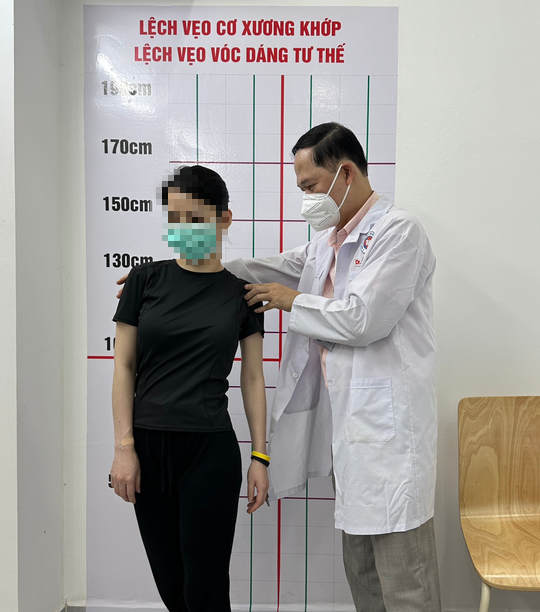
Dr. Calvin Q Trinh examines a patient
Accordingly, 9 years ago, Ms. T. was pregnant for the first time and had a sore spine. Thinking this was a normal symptom, she did not go to the doctor. 3 years later, she was pregnant for the second time, and the pain in her lower back, neck and shoulders increased. Even though she went to the spa for massage and joint adjustment, the pain increased, and she had to lie down after sitting for only 5 minutes because of the pain.
At the hospital, Ms. T. was examined and performed paraclinical tests. The results showed that the patient had a herniated disc in the cervical and lumbar spine, imbalanced muscles in the neck and shoulder area, forward-curved shoulders, sunken chest, tilted neck, hunchback, and loss of physiological curve of the cervical spine. The lumbar region had an anterior pelvic rotation, and asymmetrical deviation. These were the causes of pain and fatigue in the lumbar spine. After that, the patient was given a continuous muscle correction exercise regimen. After 3 exercise sessions, Ms. T. was no longer tired, and the pain was significantly reduced.
According to Dr. Q Trinh, in order to prepare for the birth of the baby, in the last months of the mother's body, a hormone is secreted that helps loosen the ligaments and stretch the pelvic joints. The pelvic joints become more flexible and ready to expand to the maximum so that the baby can pass through when the mother gives birth. However, this can also cause symptoms of back pain, pelvic pain, pelvic crest pain, widening of the pubic or sacroiliac ligaments after birth, and pelvic distortion. These changes are physiological, but if the body does not recover after giving birth, it will become pathological, leading to long-term degeneration and inflammation of the lumbar spine and sacroiliac joints.
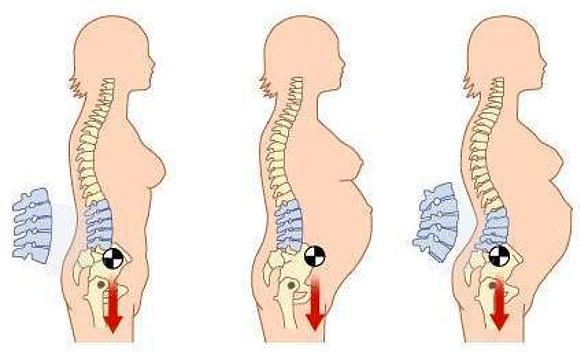
Muscle and ligament strain and changes in pressure on the lumbar spine joints are the main causes of back pain during pregnancy.
To reduce spinal pain during pregnancy, pregnant women should wear soft, flat-soled shoes. Avoid bending over, when picking up objects on the ground, bend your knees and ankles and keep your body straight. Gently massage your spine or apply hot and cold compresses. If the pain persists, you should see a specialist. After giving birth, you should undergo postpartum rehabilitation therapy to avoid spinal pain, uterine prolapse, bladder and vaginal prolapse, urinary incontinence and body deformities later on.
According to Dr. Calvin Q Trinh, muscle tension, ligament tension and pressure changes on the lumbar vertebrae are the main causes of back pain during pregnancy. Especially in the last months of pregnancy, the large fetus and heavy weight of the uterus press on the pelvis, causing the pelvis to rotate forward and the lumbar spine to arch too much. To maintain balance, the body is forced to change posture by leaning backwards, knees and feet open (rotate externally) to both sides. This causes the back muscles to work harder, leading to muscle tension, muscle aches, ligament tension, and back pain.
In preparation for the birth of the baby, in the last months, the mother's body secretes a hormone that helps loosen the ligaments and relax the pelvic joints. The pelvic joints become more flexible and ready to expand to their maximum so that the baby can pass through when the mother gives birth.
Source








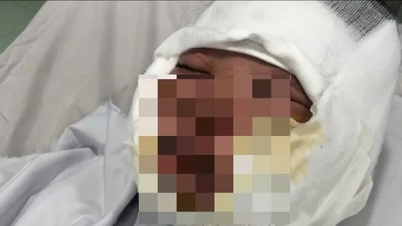






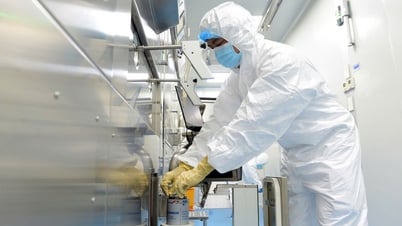
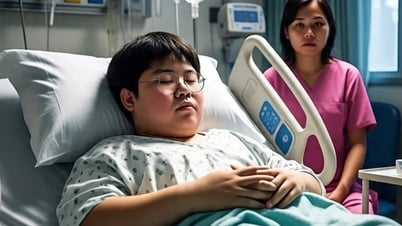

































![[Maritime News] Wan Hai Lines invests $150 million to buy 48,000 containers](https://vphoto.vietnam.vn/thumb/402x226/vietnam/resource/IMAGE/2025/6/20/c945a62aff624b4bb5c25e67e9bcc1cb)









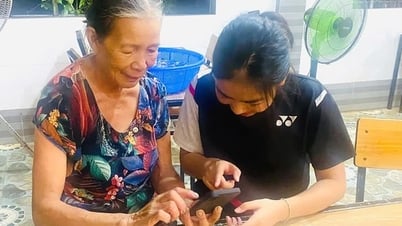




![[Infographic] Party Committee of the Ministry of Culture, Sports and Tourism: Marks of the 2020 - 2025 term](https://vphoto.vietnam.vn/thumb/402x226/vietnam/resource/IMAGE/2025/6/22/058c9f95a9a54fcab13153cddc34435e)







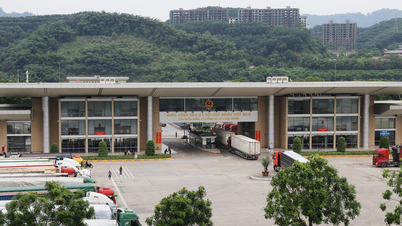


















Comment (0)